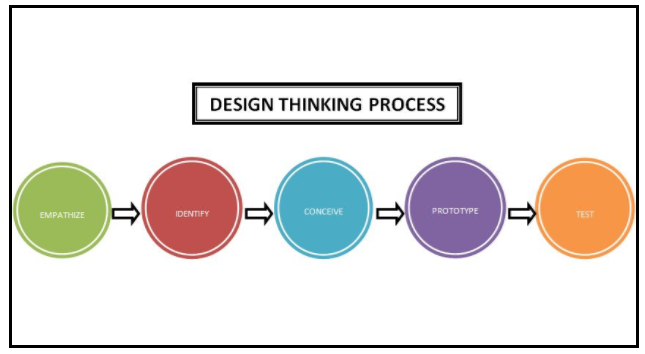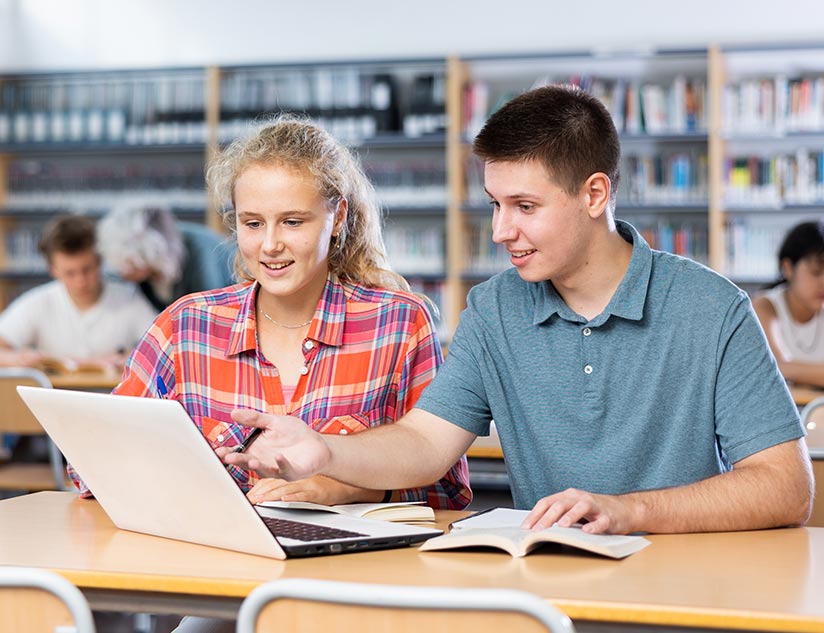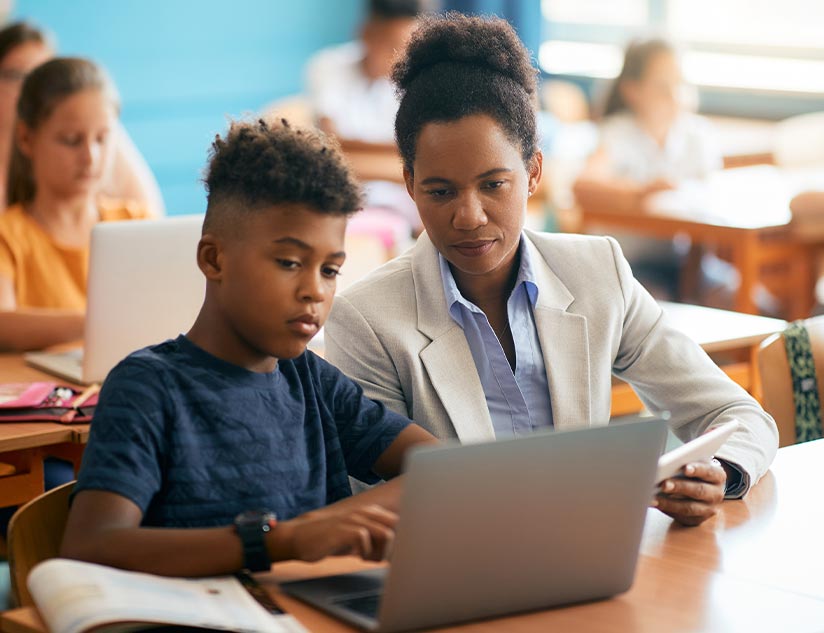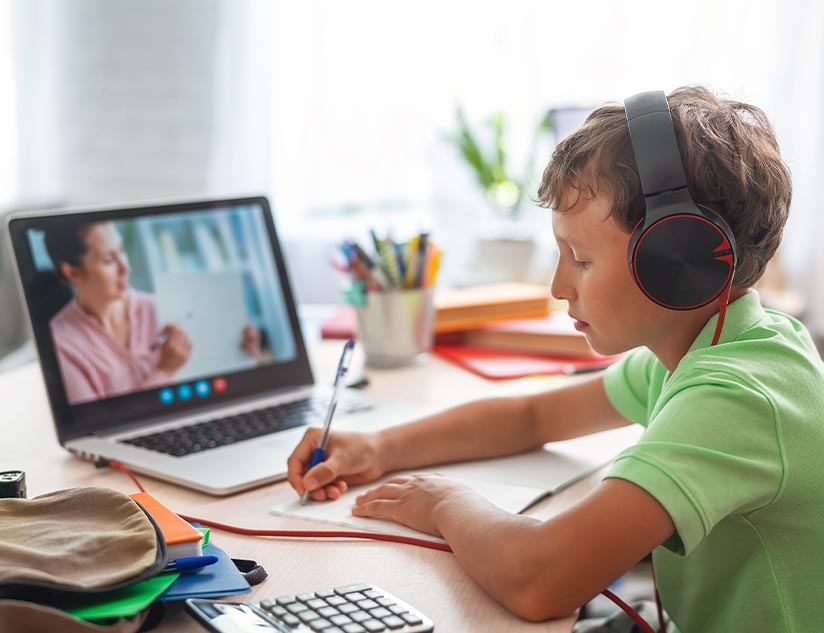From communication to entertainment and even education, technology is central to this generation. With almost every kind of information being available over the web, conventional educational approaches like textual learning no longer hold the importance they once did. A learning environment that actively engages students and encourages them to come up with their own, unique solutions to academic problems and trains them in critical life skills has become imperative.
Makerspaces provide the students with such an environment wherein they can utilize their cognitive learning to facilitate design thinking. Design Thinking is another approach that Educators can use to teach concepts like Empathy and inculcate skills like problem-solving, ideation and brainstorming. Makerspaces and Design Thinking provide help learners to solve real world problems and learn better.
What is Design Thinking?
Design Thinking is a potent tool to spark innovation and fire up the imagination of students, leading them to discover new, innovative solutions to old problems. It’s an action-oriented and human-centered process that allows students to solve problems and enhance their understanding of concepts by engaging them as ‘makers’ of innovative products and ideas. In this way, design thinking is closely related to the ‘Makerspace Movement’ that emphasizes the importance of ‘making’ in the learning process, i.e. building products and engaging students with hands-on activities using craft supplies and technology. Design thinking takes ‘making’ one step further by giving it a definite purpose and assisting students on their journeys as makers.
Creative problem-solving where the student is kept central to decision making lies at the heart of design thinking. An example of using ‘design thinking’ in classroom could be, students using online education tools to learn programming, build apps, and create interactive games to educate people about nutritional concepts. Or, students applying geological concepts on video game simulations to plant the right crops suited for different kinds of soils.

The Design Thinking Process
The Hasso-Plattner Institute of Design at Stanford University, the leading university in the field, has supplied a five-stage model for design thinking:
- Empathise: The first step is for students to develop an empathetic understanding of the problem they’re trying to solve. This means they will often consult educators and do some practical research by talking to other stakeholders to gain a complete understanding of the issue. By understanding people’s motivations and experiences, students are better able to immerse themselves in their learning environment and utilize a human-centered design approach. For instance, a student empathizing with the plight of teenagers who cut down on their dietary intake due to the peer pressure of looking a certain way.
- Identify: Defining the problem is the next step where the student collates information gathered during the previous stage. They will then analyze this information to identify the core issue and define it as a formal or informal problem-statement. Here, the problem-statement can be something on the lines of “Teenagers, especially girls, need adequate amount of nutritious food to be healthy and grow”.
- Conceive: At this stage, the student starts conceiving ideas to solve the identified problem. Educators can guide students through this stage by suggesting possible areas to assess for solutions. For instance, educators can help the student build an app aimed at teenagers struggling with health issues by presenting them with nutritional information in a concise and useful manner.
- Prototype: Now, the student, in collaboration with the teacher, can start developing a prototype of the product i.e. the app. This is an experimental stage aimed at implementing the solution within the prototype. This is a chance for students to learn new technologies and apply them as part of the process.
- Test: The student will now run a rigorous test of the product using an iterative process. Alterations and refinements are a typical part of this process. The results of the testing are then used to improve the end product and finally offer an effective solution to the problem.
Despite the linear nature of design thinking outlined above, it remains a flexible and iterative collaboration between students and educators, with an emphasis on the need to bring new, innovative ideas to life by ideating, brainstorming, and visualizing.
Design Thinking as Part of the Makerspace Movement in K-12 Education
A Makerspace is a place for students to gather and explore, create, and discover ideas using a variety of tools and technology. It offers a hands-on, creative approach to learning by encouraging students to experiment and invent as they further improve their understanding of science, technology, engineering, and math (STEM) concepts.
Makerspaces are built on a student-centered approach of constructionism and constructivism where the purpose is to help learners improve their own knowledge by interacting with technology. Since design thinking is a very hands-on approach, e-learning has an important role to play owing to its interactive and personalized nature. The learning happens by taking stock of your own learning curve and making things in the real world with both physical and virtual objects. Thus, online education tools have a critical role to play in the makerspace movement.
Much like Makerspaces, problem-solving lies at the heart of design thinking. Design thinking is the crucial occurrence that must happen before, during, and after ‘making’ i.e. problem-solving. It’s a methodology to encourage complex problem-solving through ideation and iteration. As makerspaces find their way into schools, they present an opportunity to educators to incorporate design thinking into developing creativity and innovation. Problem-solving thus becomes an interactive experience leveraging online education tools that simulate real-life situations to help students visualize and come up with their own solutions. For instance, Magic Box, an end-to-end digital content creation and publishing solution, enables educators to impart complex problem-solving skills to students by offering interactive, engaging content and allowing them to take their learning in their own hands.
By giving students a real-world problem to solve using design thinking, the quality of the learning elevates. Now, students don’t learn just because they’re required to remember information, but because they are inspired to solve a problem that is important to them. Thus, design thinking has immense power to foster creativity and innovation in the lives of students. Magic Box helps educators to this end through its advanced content tools that not only host school curriculum but also challenge students’ imaginations through various real-life situations and games. Owing to its collaborative approach, design thinking also promotes teamwork and encourages students to be sensitive to the needs of various groups and stakeholders.
What the Future Holds for Design Thinking in K-12 Education
The 21st century places entirely new demands on education and approaches to learning. Makerspaces foster Design Thinking to inculcate the habit of making and critical thinking, one classroom at a time. Concepts like Makespace and Design thinking helps student relate their curriculum subjects with the real world and gives them hands-on experience. They learn to empathize and to look at various problems from its roots, attempting to find solutions with creativity and collaboration. There is also the obvious benefit of improved retention and application of knowledge. While current K-12 approaches still remain largely pedagogical in nature, some schools are moving beyond this limited approach and incorporating elements of making, critical thinking, and design thinking to prepare young learners to become global citizens.














